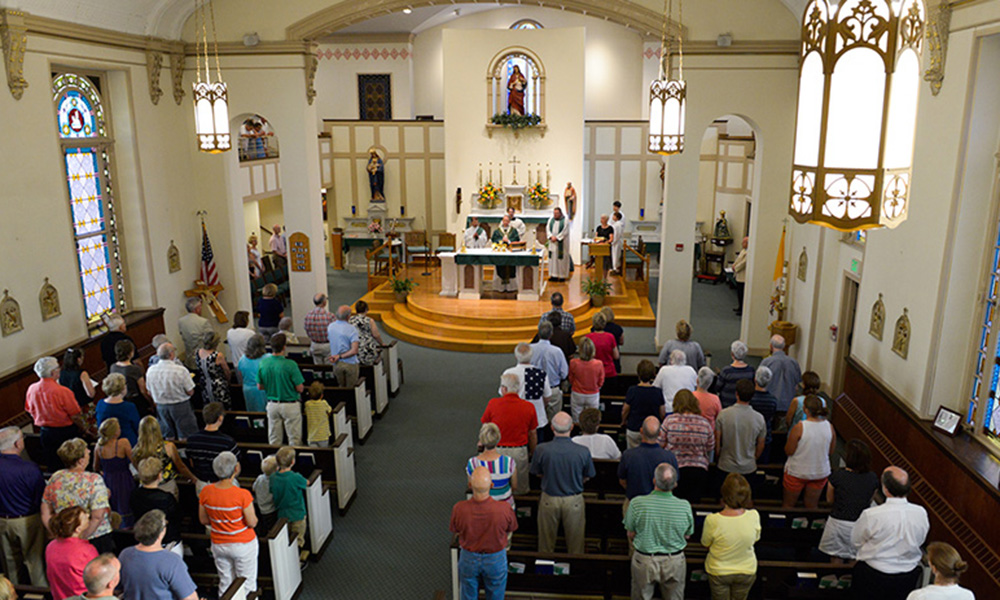On the Sermon on the Mount, Jesus called His would-be-disciples to a deeper, fuller conversion. To follow Christ is not merely external obedience, but a matching obedience of the heart.
Our external piety and the motives of our heart should be directly connected. As the Catechism explains:
“Jesus’ call to conversion and penance, like that of the prophets before Him, does not aim first at outward works, ‘sackcloth and ashes,’ fasting and mortification, but at the conversion of the heart, interior conversion. Without this, such penances remain sterile and false; however, interior conversion urges expression in visible signs, gestures and works of penance” (No. 1430).
Jesus addressed this matter directly in His teaching on prayer, almsgiving and fasting: “Beware of practicing your piety before men in order to be seen by them; for then you will have no reward from your Father who is in heaven” (Mt 6:1, RSV).
For those who sincerely want to grow closer to Jesus, who are striving by grace to “be perfect, just as your heavenly Father is perfect” (Mt 5:48), this can pose a sticky conundrum.
When we attend Mass, the most vivid occasion when we “practice our piety before men,” what do we do when the practices of people around us differ from what we believe is right? What should we do when few of the people around us are genuflecting, kneeling, bowing, crossing themselves or showing reverence to Our Lord in the tabernacle?
On the other hand, what should we do when the people around us seem to be going overboard in their piety, in ways that seem far too showy, extravagant or self-promoting?
In either situation, when expressing our piety in public requires being different from those around us, how can we be sure we’re doing it for God’s sake rather than as a statement to others?
Some, in the name of “freedom,” dismiss liturgical rules and rubrics as a straightjacket to spiritual expression. They protest: “It really doesn’t matter how you pray or what you do with your body; all that matters is uniting your heart with God. We should be free, and that means being spontaneous!”
But the devil laughs at such a notion, for in our striving to be “free” we find it nearly impossible to focus on God when the overpowering motive is to be different and separate from those around. Too often in these circumstances, the underlying motive is not to please others or even God, but to feed the ego of self.
How do we avoid this problem? Herein lies the beautiful freedom of the liturgy. In her wisdom, the Church insists that liturgical rules and rubrics free us from the tyranny of trying to please others or ourselves. The Church teaches in the General Instruction of the Roman Missal:
“The gestures and posture of the priest, the deacon, and the ministers, as well as those of the people, ought to contribute to making the entire celebration resplendent with beauty and noble simplicity, so that the true and full meaning of the different parts of the celebration is evident and the participation of all is fostered.Therefore, attention should be paid to what is determined by this General Instruction and the traditional practice of the Roman Rite and to what serves the common spiritual good of the People of God, rather than private inclination or arbitrary choice” (No. 42).
Consider: When is a railroad train the most “free”? When it remains on the tracks, where it can roam full-steam ahead within trustworthy limits.
And when are we most free to worship God without the inner conflict of mixed motives? When in willing obedience we simply worship within the guidelines of our loving mother, the Church. For then we can be confident that our Father who sees in secret will reward us (see Mt 6:4).

